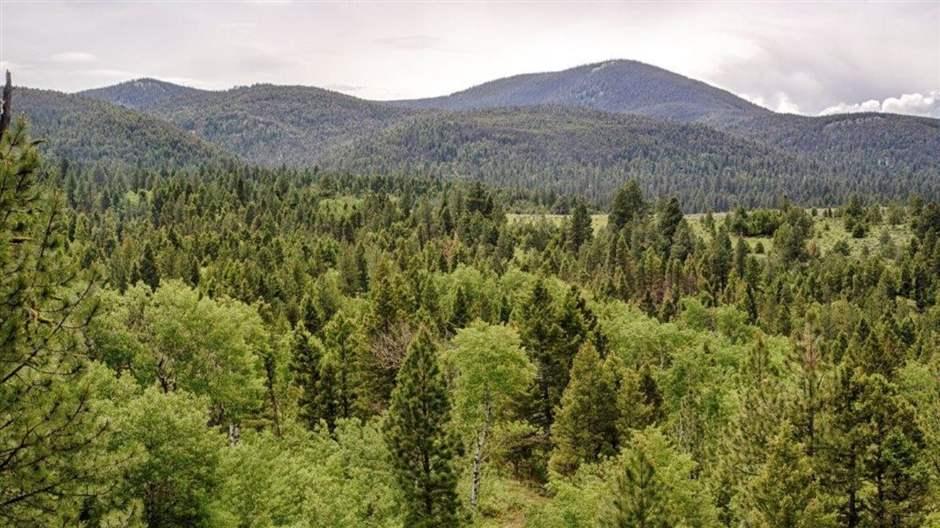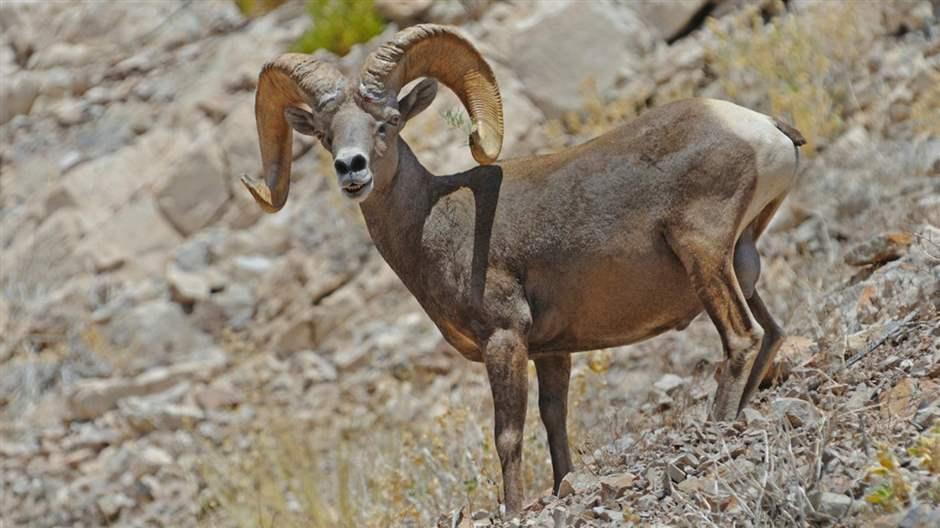Sportsman’s Paradise in Montana Merits Continued Protection
BLM’s draft management plan would leave public lands outside Missoula vulnerable

Western Montana is home to an expanse of wild and remote public land that seems lifted from an outdoor-recreation brochure: 162,000 acres of forested hills, valleys, mountains, and streams that include winter range and migration corridors for big game such as elk, mule deer, moose, and bighorn sheep, and critical habitat for upland birds and native cutthroat trout. This area, overseen by the Bureau of Land Management (BLM), offers high-quality hunting, fishing, camping, and hiking, among other outdoor pursuits.
On May 15, the BLM’s Missoula Field office released a draft plan on how the agency intends to manage this rugged landscape for the next 20 to 30 years. The document details which areas would be conserved for natural or recreational values such as backcountry hunting and hiking, and which would be identified for other uses, including energy development and timber harvest. The Pew Charitable Trusts is engaging with local and national partners to urge that that the final plan includes an appropriate balance between conservation and development.
Although the BLM analyzed approximately 2,500 acres with wilderness characteristics, 46,000 acres of backcountry conservation areas, and 1,200 acres of areas of critical environmental concern (ACECs), the agency recommended only one area for protection—an ACEC totaling 640 acres.
The BLM can and should do better than that to safeguard areas that are critical both to the western ecosystem and the legions of Montanans and others who enjoy it.
Among the places qualifying for protection but left out of BLM’s plan is the 35,000-acre Chamberlain Mountain area, 40 miles east of Missoula, which is the largest tract of undeveloped BLM land in the region and provides key winter habitat and migration corridors for wildlife. Chamberlain supports grizzly bears year-round and was identified by the Interagency Grizzly Bear Committee—a group of federal, state, and Canadian land and wildlife management agencies—as important to the committee’s strategy for conserving the species.
The area also provides habitat for the most studied and most hunted elk herd in the Blackfoot Valley. By failing to recommend this area for any protection, BLM would leave a huge section of land at risk of fragmentation and development.
Another area left out of the BLM plan is Hoodoo Mountain, which lies midway between Missoula and Helena, Montana, and features dense forests of fir and lodgepole pine along with open meadows and riparian areas. Motorized access is limited, so walk-in hunting is common. The Montana Fish, Wildlife and Parks Department has documented several wildlife species here, including westslope cutthroat trout, white-tailed deer, and forest grouse, which draw hunters, anglers, and others to the area. The Hoodoo Mountain region also supports grizzly bears, lynxes, and wolverines.
Finally, the BLM failed to include 6,000-acre Ram Mountain in its management plan. This relatively small area is important because it adjoins large sections of roadless areas in the Lolo National Forest to form a large piece of intact and undeveloped public land. The Ram Mountain area also lies at the head of Rock Creek, a popular cold-water fishery that scientists considered to be critical habitat for the threatened bull trout. Moose, forest grouse, and white-tailed deer frequent the area, underscoring its importance to wildlife-related recreation. Other species found in the area include grizzly bears, great gray owls, and peregrine falcons.
These wild and remote public lands deserve management that keeps them as they are: accessible to hunters, hikers, backpackers, and others who enjoy them in low-impact ways. Pew and its partners are working to safeguard these special areas in the resource management plan. But citizen voices are vital in this process. Please urge the BLM to protect lands with wilderness characteristics and areas of critical environmental concern, in keeping with the agency’s multiple-use mission. The BLM is accepting public comments on the proposed plan until Aug. 15.
Ken Rait is a project director for The Pew Charitable Trusts’ U.S. Public Lands and Rivers Conservation program.












